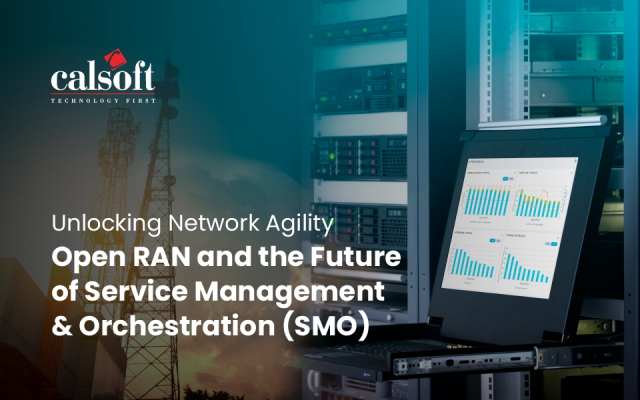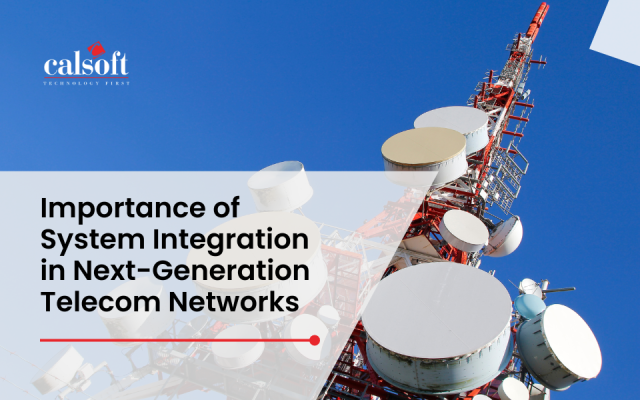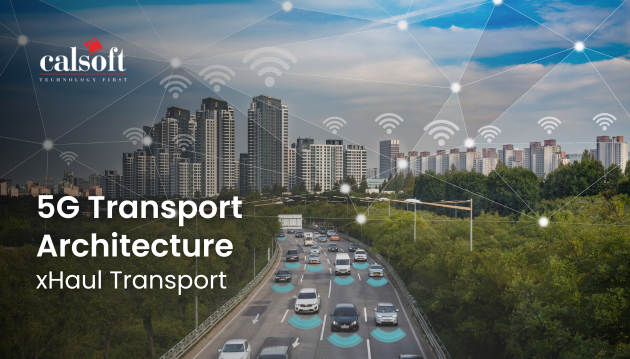This contributed article was originally published by OpenStack SuperUser. We are re-publishing on our blog.
Network functions virtualization is an exciting technology. By integrating with software-defined networking, NFV offers huge enhancements for cloud service providers (CSPs) in journey to enable 5G for customers.
This year, leading CSPs (Telstra, Deutsche Telekom, AT&T, Verizon, Telefonica) took a great leap forward, launching 5G internet for selected cities. CSPs supported well by leading top vendors (Ericsson, VMware, Nokia, ) who had offered and deployed NFV/SDN. ETSI MEC, Linux Foundation and other communities have provided great support. However, more work needs to be done to reach to a level where the control of telecom networks stops because 5G internet will offer even more advanced features and fast connectivity to support innovative technologies (autonomous cars, augmented reality, virtual reality, gaming, internet of things, blockchain, etc).
Additionally, CSPs have started evaluating mobile edge computing (MEC) architecture to get closer to digital devices where edge servers provide instant computing and processing of data generated by digital devices. This overall architecture definitely needs end-to-end automation and must have capabilities to support services dedicated for specific spectrum or user cases (network slicing, for example.)
So, 5G is supposed to bring advances to an ever-demanding telecom network where NFV architecture forms the base. But, despite progress of adopting NFV and transforming network to utilize virtualized network functions, there’s work to be done around key development and operations areas that are still questioning the future of agile networks.
The majority of functions and operations are driven and handled with software applications in telecom network with application of NFV architecture. This is really the key factor in progression of NFV, making it possible to control overall network (SDN) and functions with software applications. But still the progress was a bit slower than expected, four years after inception of the NFV concept. However, as containerization has grown, the enterprise has started accumulating a mass cloud-native approach.
Let’s discuss key areas and what progress has been made around cloud-native application methodologies in NFV architecture.
Cloud native VNFs: Containerized, micro-services and dynamic orchestration
Recently, Nokia released the latest version of their NFV cloud platform CloudBand (CB 19). The focus of this release was to provide an enterprise-ready platform for edge computing deployments. To support edge platforms and end-to-end automation and consistency in updates, CB 19 will leverage containers to host virtual network functions (VNFs) and managed using Kubernetes. Virtual machines, which were typically leveraged to host VNFs, are not completely out of the picture. But now these VMs will be updated more quickly thanks to OpenStack integration in CB 19.
This release represents shows how VNFs deployed in containers is the crucial step to push further innovations and use cases. It enables the cloud-native approach where in monolithic applications are fragmented to create micro-services that can be developed, scale, patched independently and communicate among themselves through rich APIs. Kubernetes has evolved to manage such workloads provides dynamic orchestration for VNFs. Another implementation has already been discussed by the OpenStack community as a proposed feature for an upcoming Tacker release. We can expect more work by NFV vendors and will see integration available in upcoming releases.
Continuous integration/continuous deployment
Industry has rapidly adopted cloud native application development methodologies, which came into existence to continuously upgrade deployed applications and introduce new services quickly. As the number of connected devices grows, each device generates a huge amount of data. Enterprises are building AI-based smart applications to analyze that rich data stream. As Michael Dell recently posted: Companies will succeed and fail based on their ability to translate data into insights at record speed, which means enabling the movement of relevant data, computing power and algorithms securely and seamlessly across the entire ecosystem. The work, innovation and investment to support that is happening now.”
To keep up with a rapid application development and upgrades, a CI/CD approach is required for VNFs. VNFs not that are not only deployed at central data centers but also at the edge of the network and at the sliced network (for specific use cases but in same network). Based on such architecture network services will be channeled for specific region and specific use cases. And all need to have end to end deployment automation and continuous enhancements and new service launch — as well to stay competitive and in sync with customer demands.
End-to-end continuous monitoring/testing
NFV-based 5G networks will be a complicated mesh that constantly generates data from users. When monitoring these networks, it’ll be a crucial to keep eyes on glitches in network or a possible attacks. In addition, the overall network architecture will be built using solutions and resources provided by diverse vendors, applications and architecture orchestration using variety of frameworks having different workflows. All these factors affect the performance of service delivery to end consumers, which can hamper overall business cases where latency and bandwidth requirements are critical. Work arounds should be expected for building solutions for active testing and monitoring. Such testing solutions might find space in the market in upcoming year and proliferate further as networks transition to become NFV-based.
[Tweet “Where the Cloud Native Approach is Taking NFV Architecture for 5G ~ via @CalsoftInc”]






